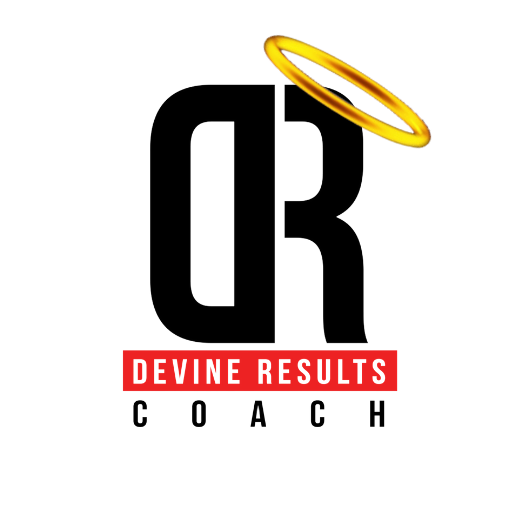Fit At 50!: Essential Training Considerations for the 50-Year-Old Athlete
CrossFit, a fitness regimen known for its intensity and diversity, has attracted enthusiasts of all ages. However, as we cross the 50-year threshold, our approach to this challenging sport needs a strategic shift. For the masters - a term endearingly used for CrossFit athletes over 50 - success lies in balancing intensity with intelligence. In this blog, we delve into five crucial aspects: Technique, Recovery, Adaptations and Scaling, Nutrition, and Listening to Your Body, which are vital for any aspiring or continuing CrossFit master.
1. Mastery in Technique: The Foundation of Safe CrossFit
Technique is the cornerstone of CrossFit. For the master athlete, perfecting technique isn't just about enhancing performance; it's primarily about injury prevention. As we age, our joints and tendons are more prone to injuries, making it crucial to execute movements with precision.
Working closely with a qualified CrossFit coach can be a game-changer. They can help refine your technique, ensuring that each squat, lift, and jump is biomechanically sound. This attention to detail not only minimises the risk of injuries but also maximises the efficiency of your workout.
Remember, in CrossFit, ego is your biggest enemy. Prioritise technique over lifting heavier weights or achieving faster times. This approach will not only keep you safe but also lead to consistent and long-term improvements in performance.
2. The Art of Recovery: Prioritising Rest and Repair
Recovery becomes increasingly vital as we age. Our bodies no longer bounce back as quickly from strenuous workouts. Incorporating adequate rest, active recovery days, and paying attention to sleep quality becomes non-negotiable.
Active recovery, involving low-intensity exercises like walking, swimming, or yoga, can aid in muscle repair and mitigate stiffness. Equally important is sleep; quality sleep promotes muscle recovery and hormone balance, which are critical for an ageing athlete.
Moreover, do not underestimate the power of rest days. They are essential for physical and mental rejuvenation, helping you return to the box stronger and more motivated.
3. Adaptations and Scaling: Customising Your CrossFit Journey
One of the most beautiful aspects of CrossFit is its scalability. Exercises can be modified to suit different fitness levels and physical capabilities. For the master athlete, adaptations and scaling are not just options but necessities.
This might mean substituting box jumps with step-ups or reducing the weight in Olympic lifts. The goal is to perform workouts that challenge you but are within your physical limits. A well-scaled workout will still push your boundaries without pushing you into the injury zone.
Communicate openly with your coach about any physical limitations or concerns. A tailored workout plan that respects your body's current state can significantly enhance both your performance and your enjoyment of CrossFit.
4. Nutrition: Fuelling the Ageing Athlete
Nutrition is a critical component of any athlete's regimen, more so for the master athlete. As our bodies age, our metabolic rate changes, and our nutritional needs evolve.
A diet rich in protein is essential for muscle repair and growth. Considering the increased need for recovery, ensure your diet is rich in anti-inflammatory foods like fruits, vegetables, nuts, and seeds. Hydration is another key aspect often overlooked. Adequate water intake aids in recovery, performance, and overall health.
Consulting a nutritionist who understands the demands of CrossFit can provide personalised dietary advice. The right nutrition plan will not only support your training but also aid in recovery and overall well-being.
5. Listening to Your Body: The Wisdom of Age
Perhaps the most crucial advice for the master CrossFit athlete is to listen to your body. With age comes wisdom, and part of that wisdom is understanding and respecting your body's signals.
Be mindful of the difference between good pain (muscle fatigue) and bad pain (sharp or shooting pain). Learn to differentiate between pushing your limits and pushing your luck. If you feel unusually tired, experience persistent pain, or just don't feel right, take a step back. There's no shame in modifying a workout or taking an extra day off.
Remember, CrossFit is a marathon, not a sprint, especially for the master athlete. Long-term health and fitness should be your primary goals.
Conclusion
CrossFit offers a fantastic path to fitness at any age. For the 50-year-old athlete, it presents a unique opportunity to challenge oneself while also paying heed to the body's changing needs. By focusing on technique, prioritising recovery, embracing adaptations and scaling, following a tailored nutrition plan, and listening to your body, you can enjoy and excel in CrossFit safely and sustainably. Embrace the journey, respect your body, and most importantly, enjoy the process!


